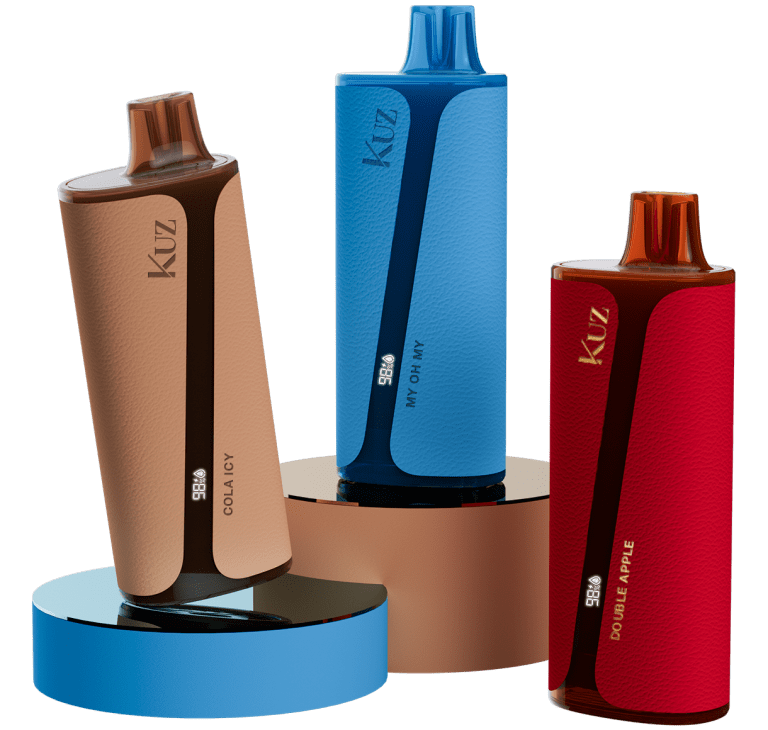In the ever-evolving world of vaping, dry herb vaporizers have surged in popularity, offering a healthier alternative to smoking by eliminating combustion and releasing the natural flavors and compounds found in herbs. But how exactly do these devices work, and what makes them stand out from other vaping devices? This guide dives deep into how dry herb vaporizers operate, their benefits, and how to maximize their potential.
What Are Dry Herb Vaporizers?
Dry herb vaporizers are designed to heat ground plant material—usually cannabis—without burning it, thus avoiding harmful byproducts like tar and carcinogens. By heating herbs to a temperature where the cannabinoids and terpenes become vaporized, users can inhale flavorful vapor while bypassing the toxins created by combustion.
Unlike traditional smoking methods, which can reach temperatures exceeding 450°F and destroy many of the delicate compounds in herbs, dry herb vaporizers operate at much lower temperatures. Most devices allow users to set specific temperatures, typically ranging between 350°F to 430°F, offering precise control over vapor quality.
The Two Key Heating Methods: Conduction and Convection
Dry herb vaporizers generally use one of two heating mechanisms: conduction or convection.
- Conduction Heating: This method directly heats the herb by placing it in contact with a hot surface, similar to cooking food on a frying pan. While conduction heating delivers rapid heat-up times and dense vapor, it can result in uneven heating. Users may need to stir the herb occasionally to ensure even vaporization.
- Convection Heating: In contrast, convection heating works by passing hot air through the herb, vaporizing it evenly without direct contact with a heating element. This method is favored for its ability to preserve flavor and provide a smoother vapor, as it heats the material gradually and avoids combustion. However, convection vaporizers often take longer to heat up and are typically more expensive.
Some modern devices combine both conduction and convection for optimal performance, balancing quick heat-up times with consistent, even vaporization.
Components of a Dry Herb Vaporizer
Dry herb vaporizers consist of three main components:
- Battery: Portable vapes are powered by rechargeable batteries, while desktop units are usually plugged in. High-quality vapes feature long-lasting lithium-ion batteries, often allowing for “pass-through” charging so you can vape while charging.
- Chamber: The chamber holds the ground herbs and is typically made of ceramic or quartz. Ceramic chambers heat quickly and retain heat well, while quartz chambers are known for preserving the herb’s natural flavor.
- Mouthpiece: Vapor is drawn through the mouthpiece, which can be made of various materials. Glass mouthpieces are ideal for flavor preservation, while silicone or rubber options prioritize durability.
How to Use a Dry Herb Vaporizer
Using a dry herb vaporizer is simple but requires a few steps for the best experience:
- Grind Your Herb: Finely grind your herb to ensure optimal airflow.
- Pack the Chamber: Load the chamber loosely to allow airflow, avoiding overpacking.
- Set the Temperature: Select a temperature between 350°F to 400°F for balanced flavor and vapor density.
- Inhale and Enjoy: Once the device reaches the set temperature, inhale the vapor through the mouthpiece.
Benefits of Dry Herb Vaping
Vaping dry herbs offers multiple advantages over smoking:
- Healthier Alternative: By eliminating combustion, vaping avoids the creation of harmful toxins and carcinogens found in smoke.
- Flavor Preservation: Lower temperatures preserve the delicate terpenes in herbs, offering a purer, more flavorful experience.
- Customization: Most vaporizers allow users to control temperature settings, enabling them to tailor each session to their desired vapor density and flavor.
Choosing the Right Dry Herb Vaporizer
Dry herb vaporizers come in various forms, including portable, desktop, and pen-style models:
- Desktop Vaporizers: These powerful units are ideal for home use, offering detailed temperature control and the ability to vaporize large quantities of herb.
- Portable Vaporizers: Designed for on-the-go use, these smaller devices provide a balance between portability and vapor quality.
- Pen-Style Vaporizers: Highly discreet and compact, pen-style vapes are perfect for users who prioritize portability over customization.
Final Thoughts
Dry herb vaporizers provide a clean, flavorful, and customizable way to enjoy your herbs. By understanding the different heating methods, device components, and usage tips, you can make the most out of your vaporizer, ensuring efficient and enjoyable vaping sessions. Whether you’re at home or on the go, a high-quality dry herb vaporizer offers a healthier alternative to traditional smoking without sacrificing the benefits of your herbs.



